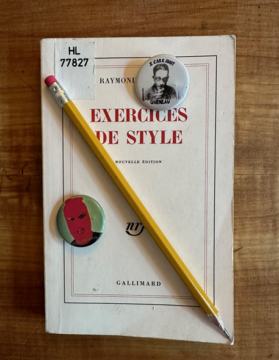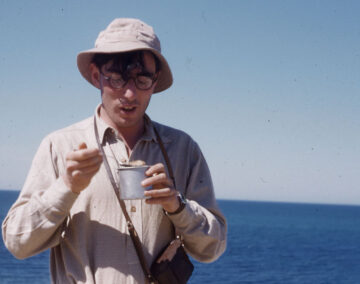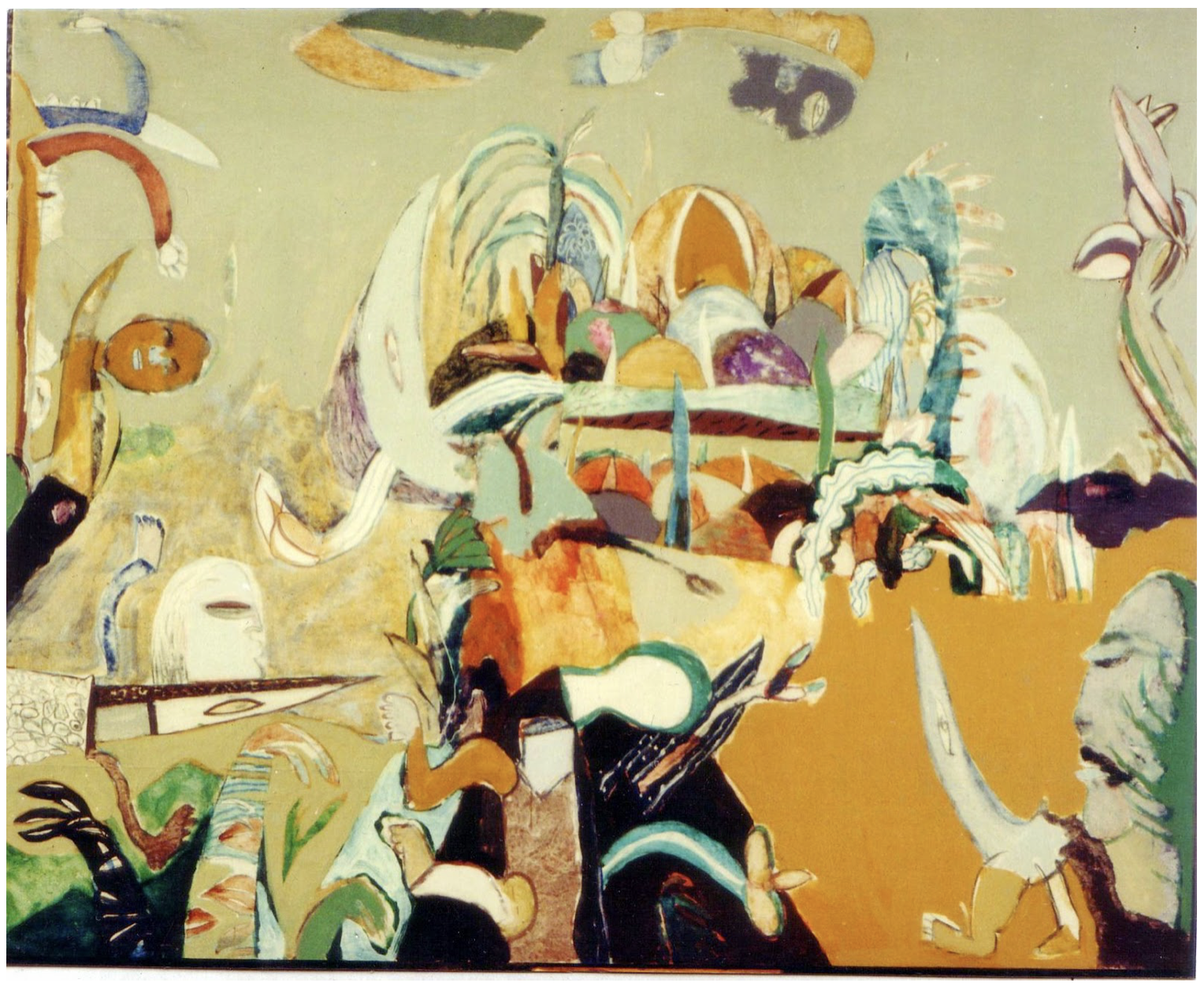by Akim Reinhardt
 A little over a year ago I published an essay here at 3QD that implored my fellow educators not to panic amid the dawning of Artificial Intelligence. Since then I’ve had two and a half semesters to consider what it all means. That first semester, many of my students had not even heard of AI. By the very next semester, a shocking number of them were tempted to have it research and write for them.
A little over a year ago I published an essay here at 3QD that implored my fellow educators not to panic amid the dawning of Artificial Intelligence. Since then I’ve had two and a half semesters to consider what it all means. That first semester, many of my students had not even heard of AI. By the very next semester, a shocking number of them were tempted to have it research and write for them.
Many of my earlier observations about how to avoid AI plagiarism still hold: an ounce of prevention is worth a pound of cure; good policies and clear communication from the jump are vital; assignments such as in-class writing and oral exams are foolproof inoculators.
However, other, more abstract questions with profound pedagogical implications are emerging. These can be put under the larger canopy of: What am I teaching them and why?
Us Historians specifically, and Liberal Artists more generally, help students develop certain skill sets. We train them in the Humanities and Social Sciences, teaching them to find or develop data and use it effectively through critical and creative thinking. Obviously a political scientist and a continental philosopher go about this differently. However, the venn diagram of their techniques and goals probably overlaps a fair bit more than a lay person might realize. For starters, we all have the same broad subject matter. Everyone in the Liberal Arts, from art historians and literature profs to psychologists and economists, studies some aspect of the human condition. And while we each have our own angles of observation and methodologies, there are also substantial similarities among them. We all find or generate data (even if forms of data are different), analyze them, draw conclusions, and present our findings. And those presentations of findings, even when centered around quantitative data, include a narrative.
In other words, words. Read more »

 Eddie Rodolfo Aparicio. White Dove Let US Fly, 2024.
Eddie Rodolfo Aparicio. White Dove Let US Fly, 2024. “You are aware”, I ask a pair of students celebrating their fourth successful die roll in a row, “that you are ruining this experiment?” They laugh obligingly. In four pairs, a small group of students is spending a few minutes rolling dice, awarding themselves 12 euros for every 5 or 6 and ‘losing’ 3 euros for every other outcome. I’m trying to set them up for the concept of expected value, first reminding them how to calculate their average winnings over several rounds, and then moving on to show how we calculate the expected average without recourse to experiment. It would be nice, of course, for their experimental average to be recognizably close to this number. Not least since this particular lesson is being observed by the Berlin board of education, and the outcome will determine whether or not I can get a teaching permit as a foreigner.
“You are aware”, I ask a pair of students celebrating their fourth successful die roll in a row, “that you are ruining this experiment?” They laugh obligingly. In four pairs, a small group of students is spending a few minutes rolling dice, awarding themselves 12 euros for every 5 or 6 and ‘losing’ 3 euros for every other outcome. I’m trying to set them up for the concept of expected value, first reminding them how to calculate their average winnings over several rounds, and then moving on to show how we calculate the expected average without recourse to experiment. It would be nice, of course, for their experimental average to be recognizably close to this number. Not least since this particular lesson is being observed by the Berlin board of education, and the outcome will determine whether or not I can get a teaching permit as a foreigner.




 Notational
Notational

 A cinematographer would recognize this as a crane shot, or its replacement, the drone shot. This crane or drone doesn’t move. It defines the POV (point of view) of the painter, and shows how far his perspective can reach and how much he can cram into the in-between, that 2D surface which expands vertically with every higher angle of his POV, as in this crane shot from Gone with the Wind.
A cinematographer would recognize this as a crane shot, or its replacement, the drone shot. This crane or drone doesn’t move. It defines the POV (point of view) of the painter, and shows how far his perspective can reach and how much he can cram into the in-between, that 2D surface which expands vertically with every higher angle of his POV, as in this crane shot from Gone with the Wind. 
 Like many of us, they assembled an inordinate number of puzzles during the COVID-19 restrictions. And like many puzzlers, they came to wonder:
Like many of us, they assembled an inordinate number of puzzles during the COVID-19 restrictions. And like many puzzlers, they came to wonder:
 In the middle ’60s when I first was a new husband, a new teacher, and new father, I met my first indication of the changing consciousness of women in a freshman English class. I was teaching the Yeats poem “A Prayer for My Daughter.” I found it, and in many ways still do a marvelous poem and I spoke of it to my class with great enthusiasm saying that this is what I would wish for my daughter – that she would be “beautiful” but not “too beautiful” and “learned courtesy” for:
In the middle ’60s when I first was a new husband, a new teacher, and new father, I met my first indication of the changing consciousness of women in a freshman English class. I was teaching the Yeats poem “A Prayer for My Daughter.” I found it, and in many ways still do a marvelous poem and I spoke of it to my class with great enthusiasm saying that this is what I would wish for my daughter – that she would be “beautiful” but not “too beautiful” and “learned courtesy” for:
 Dilara Begum Jolly. Untitled, ca 2014.
Dilara Begum Jolly. Untitled, ca 2014.


